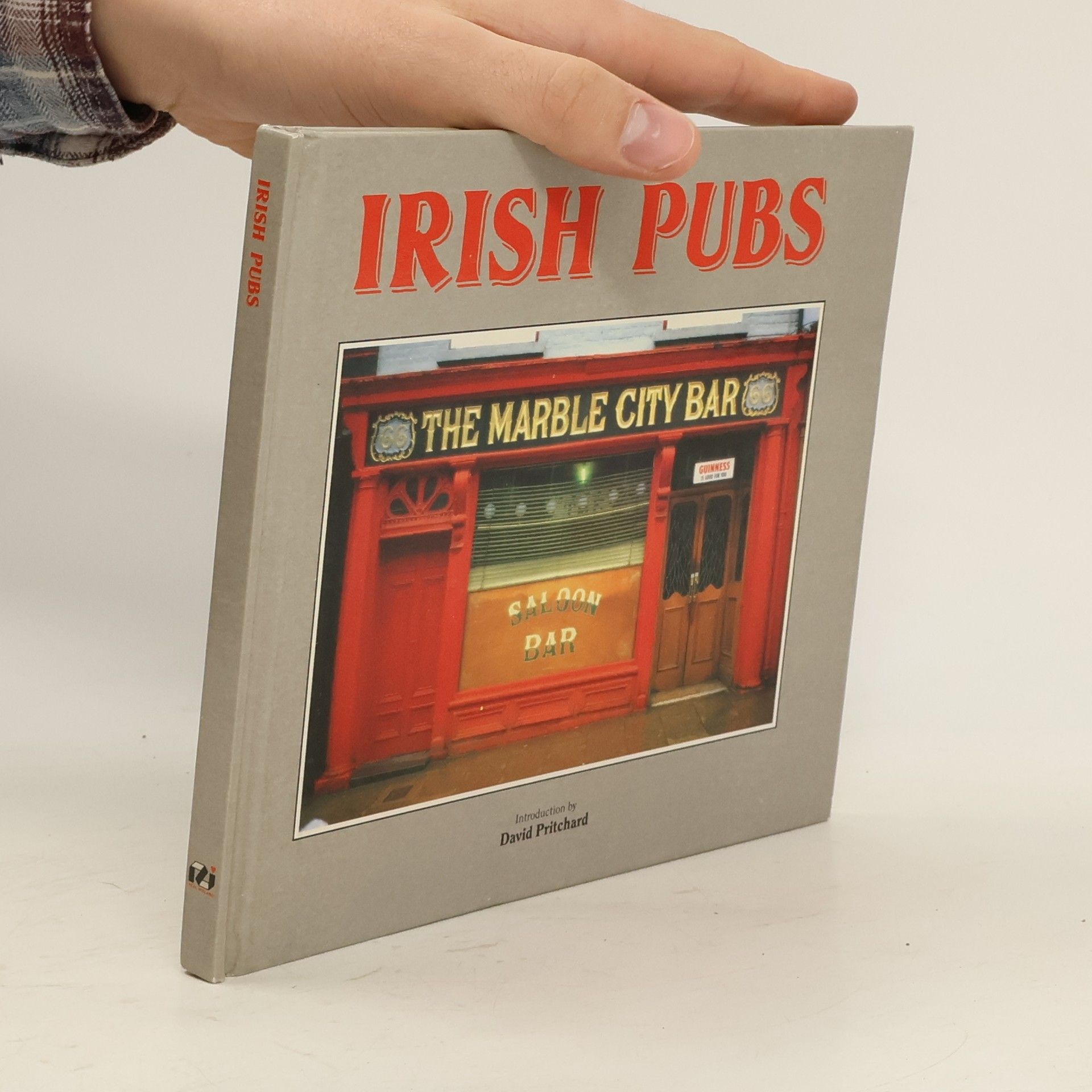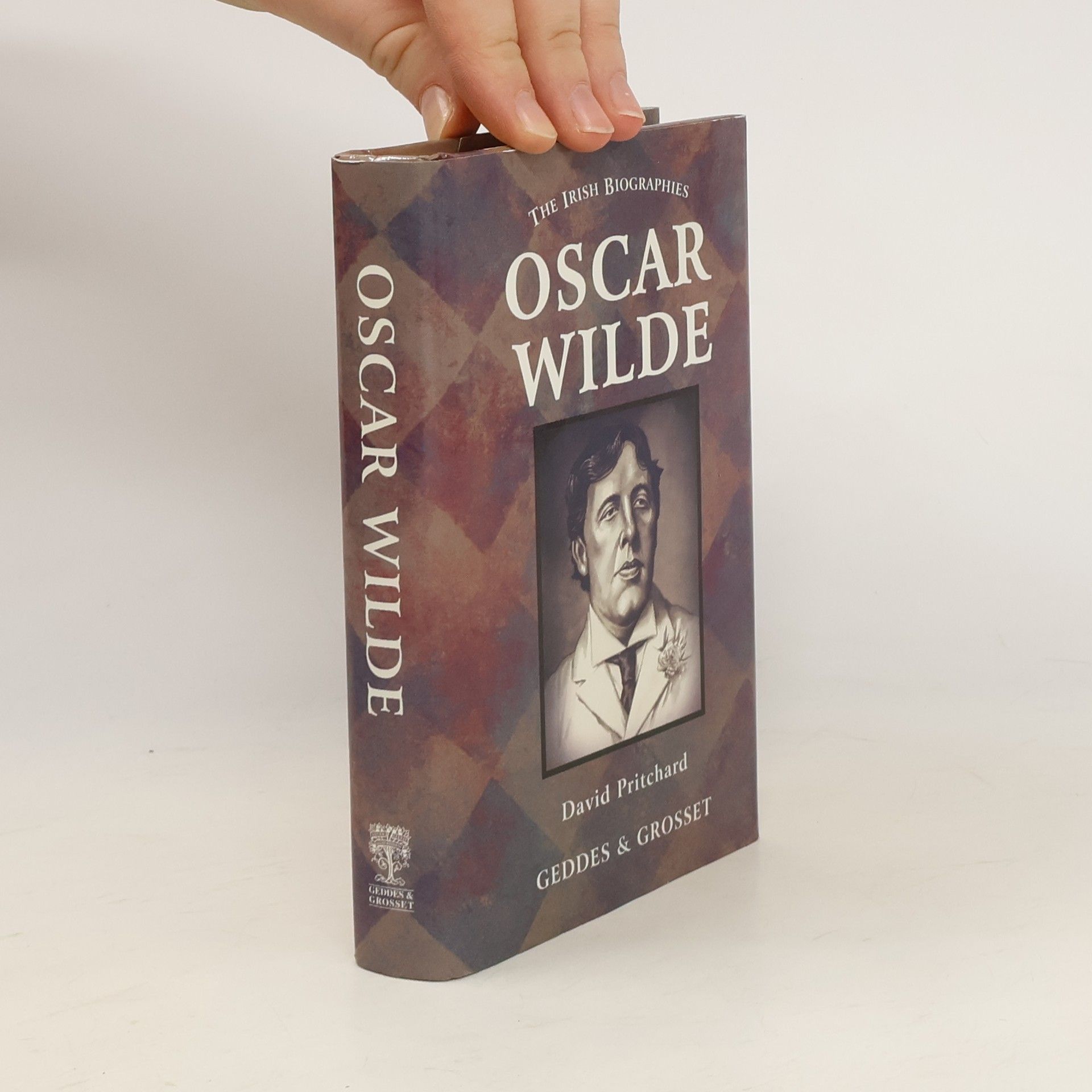Oscar Wilde
- 192 pages
- 7 hours of reading






In this tenth revised version, D.B. Pritchard draws new inspiration from the latest developments in the game. Yet, because the basics remain invariable, Pritchard's teaching method retains its unique pre-eminence and authority. It is planned to take the complete beginner to the grade expected of a good club player.
Irish novelist, short-story writer and poet, James Augustine Aloysius Joyce (1882—1941), is regarded as one of the greatest, most innovative literary talents of the twentieth century Joyce revolutionized the structure of the modern novel.Chain her Music (1907), Dubline(1914) and A Portrait of the Artist as a young Man (1914—15) were widely acclaimed. Ills seminal work, Ulysses (1922) provoked violent reactions. Its explicitness, groundbreaking interior monologues and complex references were heralded as genius by some but deemed obscene by others. In Finnegan c Wake (1939), he stretched language to its very limits, combining portmanteau words with the stream of consciousness narrative established in Ulysses, in an extremely difficult style which still never lost sight of comedy and lyricism.Unconventional in his writing and in his life, Joyce left a legacy that has shaped the novel as we know it, yet has never been matched.
The Easter Rising in 1916 was pivotal to the emergence of an independent Ireland. Only supported by a minority of the Irish population, the courage and sacrifice of those who led it would in time change their nation's destiny. The story of how less than two thousand Irish men and women bravely confronted the might of the British army in Dublin remains one of the most compelling in Irish history. This pictorial account outlines the course of events that led to the Rising, and describes the military actions across Dublin during Easter Week, followed by the executions of the insurgent leadership. Illustrations and photographs from the collection of the National Museum of Ireland and other archival sources help relate the events and leading personalities of the 1916 Rising
Through this verse translation of Vergil's Book VI of the Aeneid we journey with Aeneas through the Underworld to meet his father.